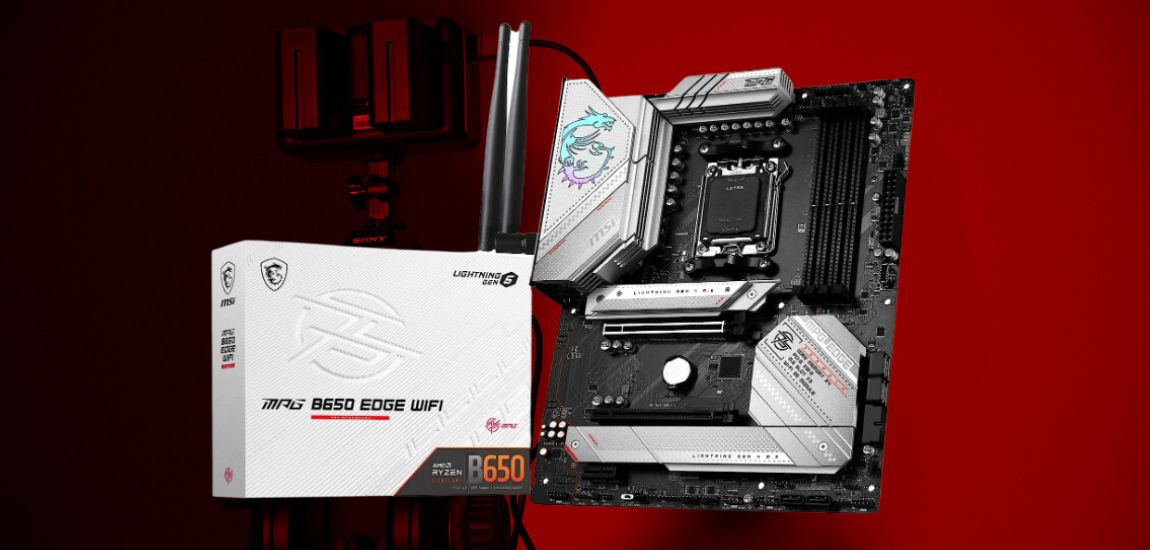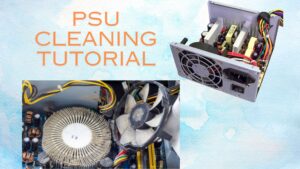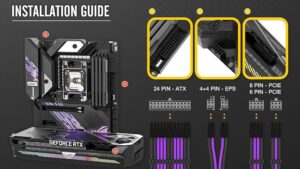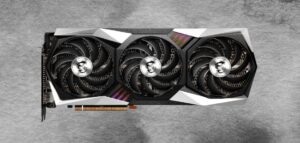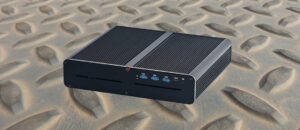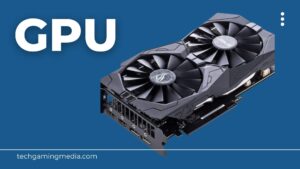Can a GPU Be Incompatible with a Motherboard?
In the ever-evolving world of computer hardware, compatibility issues can be a significant concern. One common question that arises among tech enthusiasts and gamers is, “Can a GPU be incompatible with a motherboard?” In this informative blog post, we will delve into this topic, addressing concerns and providing valuable insights. We aim to deliver a comprehensive guide that surpasses Google’s top-ranking content on this subject.
Unraveling GPU Incompatible with a Motherboard:
Incompatibility between a GPU and motherboard is rare but possible due to factors like incompatible PCIe slot types, insufficient power connectors, or physical size constraints. Ensuring compatibility involves verifying PCIe slot compatibility, checking power requirements, and ensuring adequate clearance in the case. However, with proper research and consideration of these factors, GPU-motherboard compatibility issues can usually be avoided.
The Role of the GPU in a Computer System
What Is a GPU?
A Graphics Processing Unit (GPU) is a specialized electronic circuit designed to rapidly manipulate and alter memory to accelerate the creation of images in a frame buffer intended for output to a display device. GPUs are commonly used in gaming, video editing, scientific simulations, and other computationally intensive tasks due to their parallel processing capabilities and efficient handling of graphical data.
GPU Compatibility Factors With A Motherboard
GPU compatibility with a motherboard depends on several factors, including the motherboard’s PCIe slot type and physical size, the GPU’s PCIe interface version, power requirements, and clearance within the case. Ensure that the motherboard has a compatible PCIe slot (e.g., PCIe 3.0 x16) for the GPU and that the case provides adequate space for installation. Additionally, check if the PSU can deliver sufficient power to the GPU and if any additional connectors are required for power delivery.
Motherboard Compatibility Criteria
1. Expansion Slots
Motherboards come equipped with various expansion slots, including PCI Express (PCIe) slots. These slots accommodate GPUs, sound cards, and other expansion cards. Compatibility hinges on the type and number of PCIe slots available.
2. Power Supply
GPUs demand substantial power, and your motherboard must have compatible power connectors. Incompatibility can lead to insufficient power delivery, causing system instability.
3. BIOS Support
BIOS updates are crucial for ensuring GPU compatibility. Manufacturers often release updates to support new GPUs. An outdated BIOS can result in incompatibility issues.
Understanding GPU Form Factors
1. GPU Size
GPUs come in various sizes, and not all motherboards can accommodate large, high-end GPUs. It’s essential to measure the available space in your PC case and check GPU dimensions.
2. Cooling Solutions
Some GPUs feature extensive cooling solutions that may obstruct nearby components on the motherboard. Ensure that your motherboard layout accommodates the GPU’s design.
Overcoming Compatibility Challenges
1. Ensuring PCIe Compatibility
Achieving optimal GPU performance starts with aligning the interface compatibility between your graphics card and motherboard. Confirm that the motherboard’s PCIe slot version matches the GPU’s requirements. Incompatibility can result in reduced performance or, in some cases, the GPU not being recognized. Understanding the PCIe version and slot configuration of both components is paramount for seamless integration.
2. Power Supply Precision
Compatibility challenges often arise when the power supply unit (PSU) fails to meet the energy demands of a high-performance GPU. Insufficient power can lead to instability, crashes, or even hardware damage. Verify that your PSU provides the necessary wattage and connectors required by your GPU. Upgrading to a PSU with ample power reserves ensures stable performance and guards against potential issues related to power inadequacy.
3. BIOS and Firmware Updates
Motherboards and GPUs communicate through firmware, and outdated BIOS or GPU firmware can hinder compatibility. Regularly check for updates on the motherboard and GPU manufacturer’s websites. Installing the latest firmware ensures that your components can effectively communicate, addressing potential bugs or compatibility issues. This simple yet crucial step can significantly enhance the stability and performance of your GPU-motherboard tandem.
Conclusion
In conclusion, while it’s rare for a GPU to be entirely incompatible with a motherboard, certain factors such as PCIe slot type, physical size constraints, and power requirements can affect compatibility. Ensuring that the GPU fits the motherboard’s PCIe slot, has sufficient clearance in the case, and is supported by the PSU’s power output are essential steps to prevent compatibility issues. However, with proper research and consideration of these factors, GPU-motherboard compatibility can generally be ensured.
FAQs
1. Can any GPU be installed on any motherboard?
While not all GPUs are compatible with all motherboards, careful consideration of factors like expansion slots and power supply connectors can help you find a suitable match.
2. How do I check if my GPU is compatible with my motherboard?
Check your motherboard’s specs and the GPU’s requirements. Ensure your motherboard has the necessary PCIe slots and power connectors for the GPU.
3. Do I need to update my BIOS for GPU compatibility?
Updating your motherboard’s BIOS may be necessary to ensure GPU compatibility, especially with newer models. Always check for the latest BIOS updates from your motherboard manufacturer.
4. What should I do if my GPU is too large for my motherboard?
If your GPU is too large for your motherboard or obstructs other components, consider using PCIe adapters or choosing a smaller GPU that fits within your case’s constraints.
5. Is GPU compatibility the same for gaming laptops?
GPU compatibility in gaming laptops is determined by the laptop’s design and specifications. It’s essential to research and select a gaming laptop that meets your gaming and performance requirements.
Last Updated on 16 March 2024 by Ansa Imran

Ansa Imran, a writer, excels in creating insightful content about technology and gaming. Her articles, known for their clarity and depth, help demystify complex tech topics for a broad audience. Ansa’s work showcases her passion for the latest tech trends and her ability to engage readers with informative, well-researched pieces.

